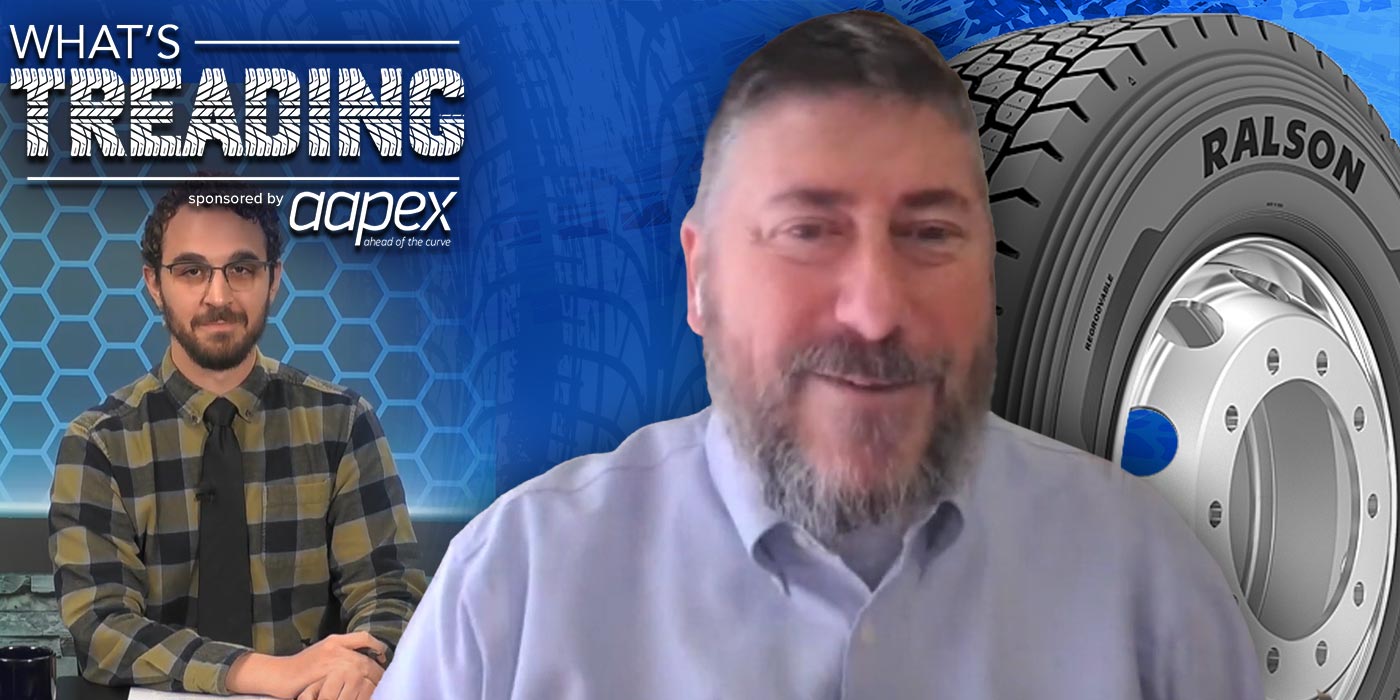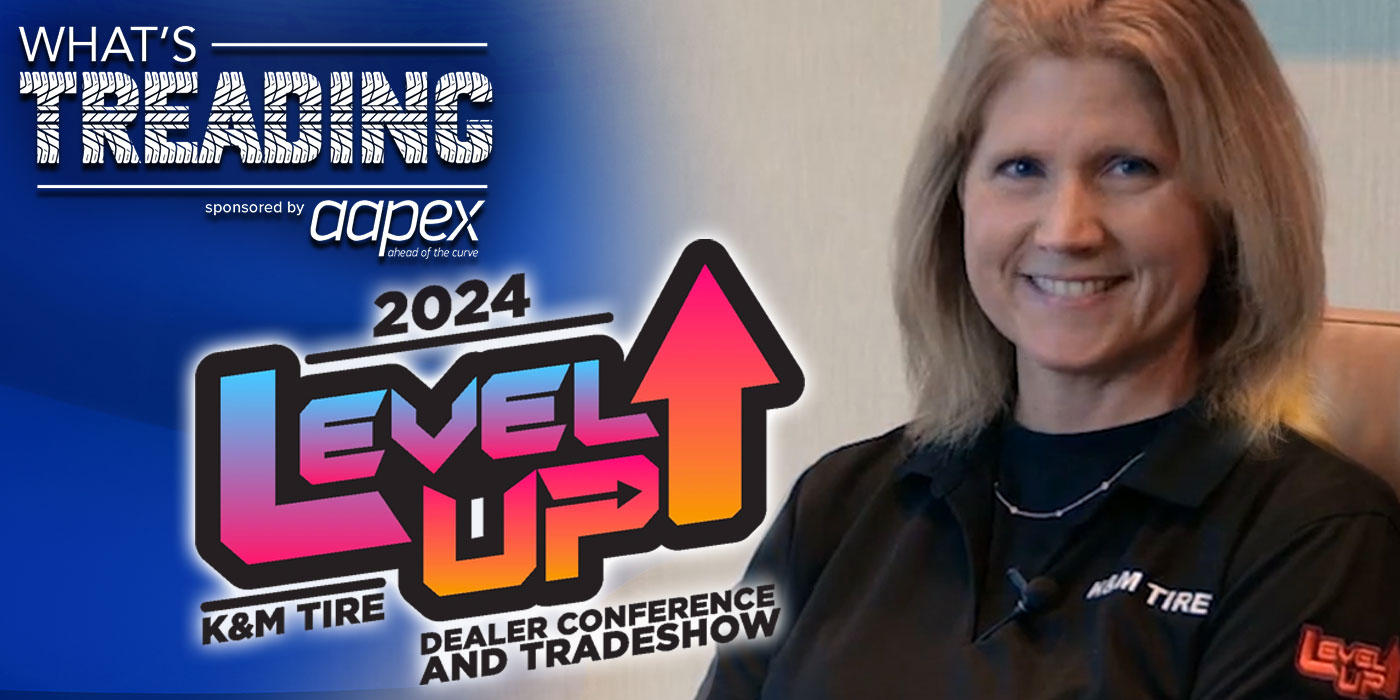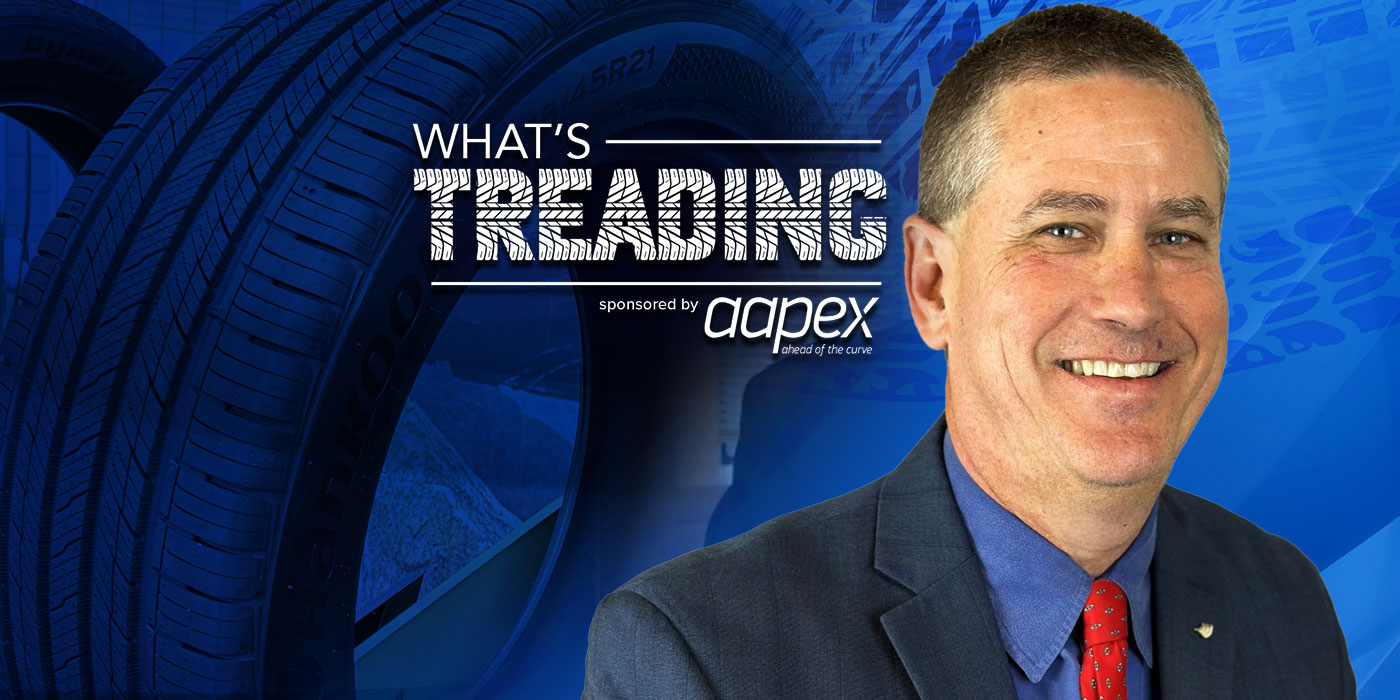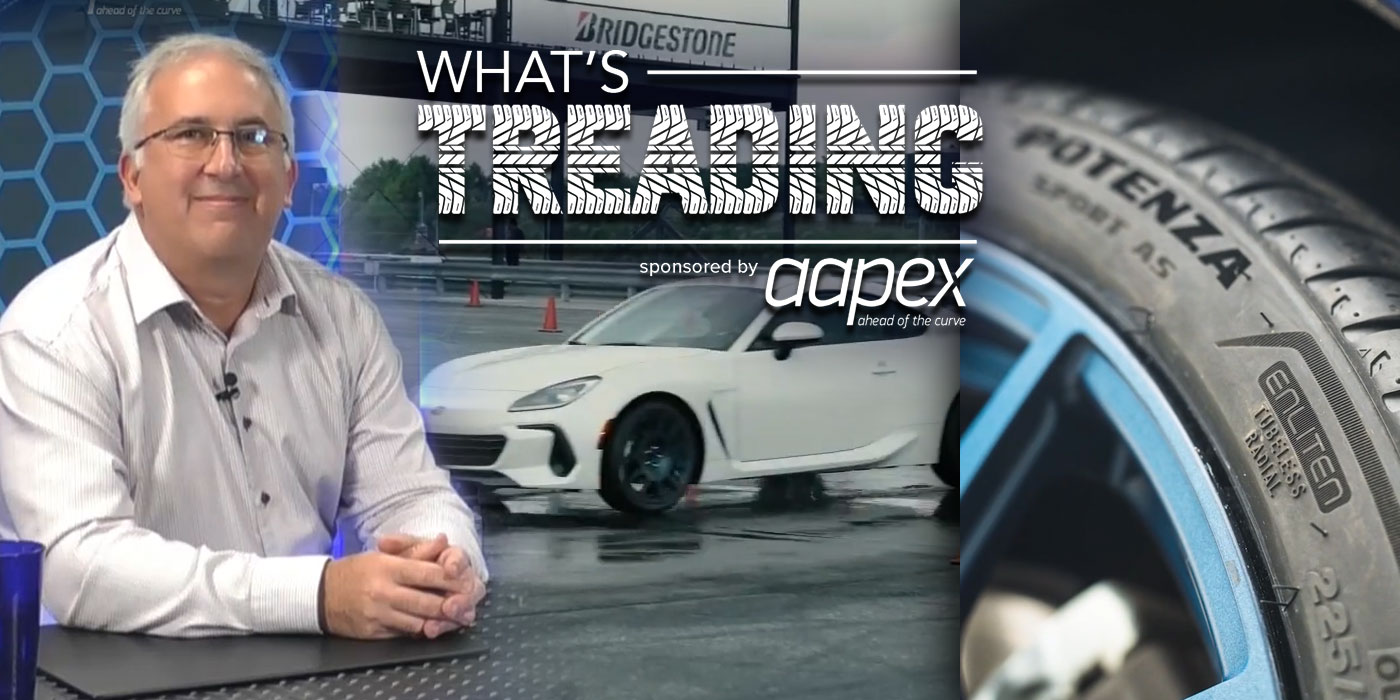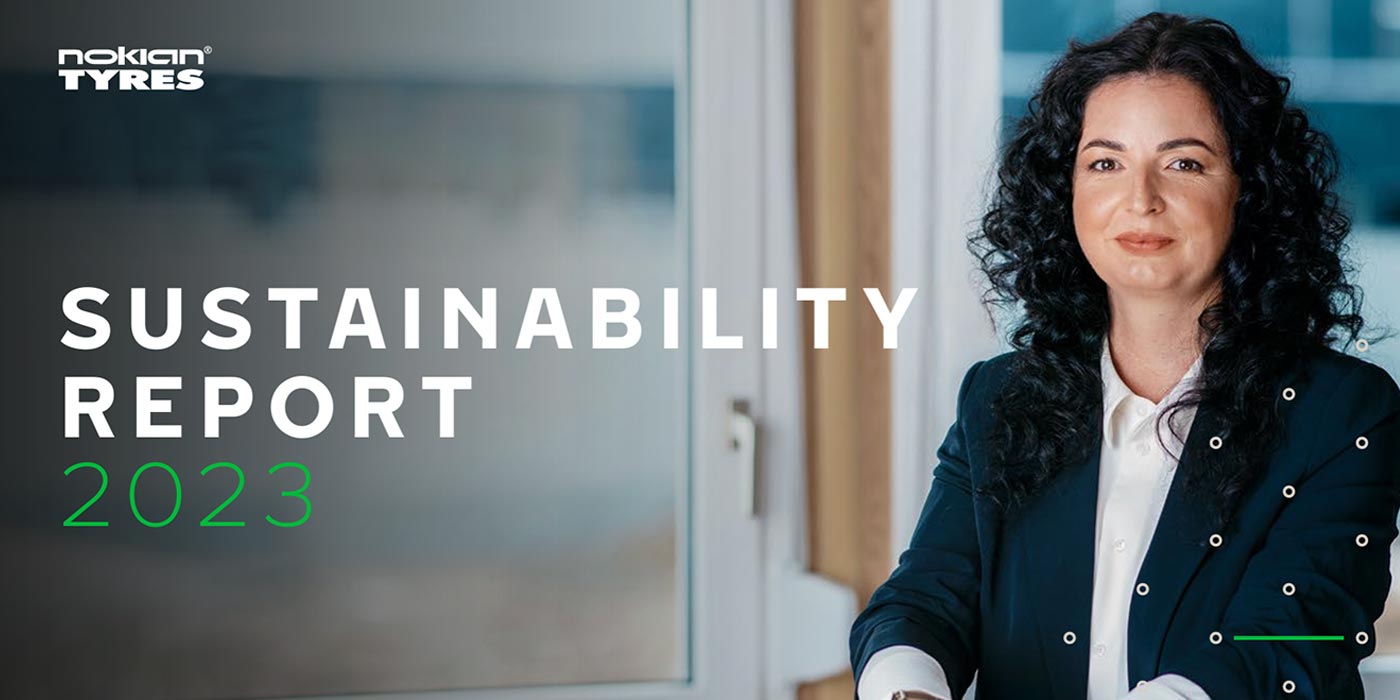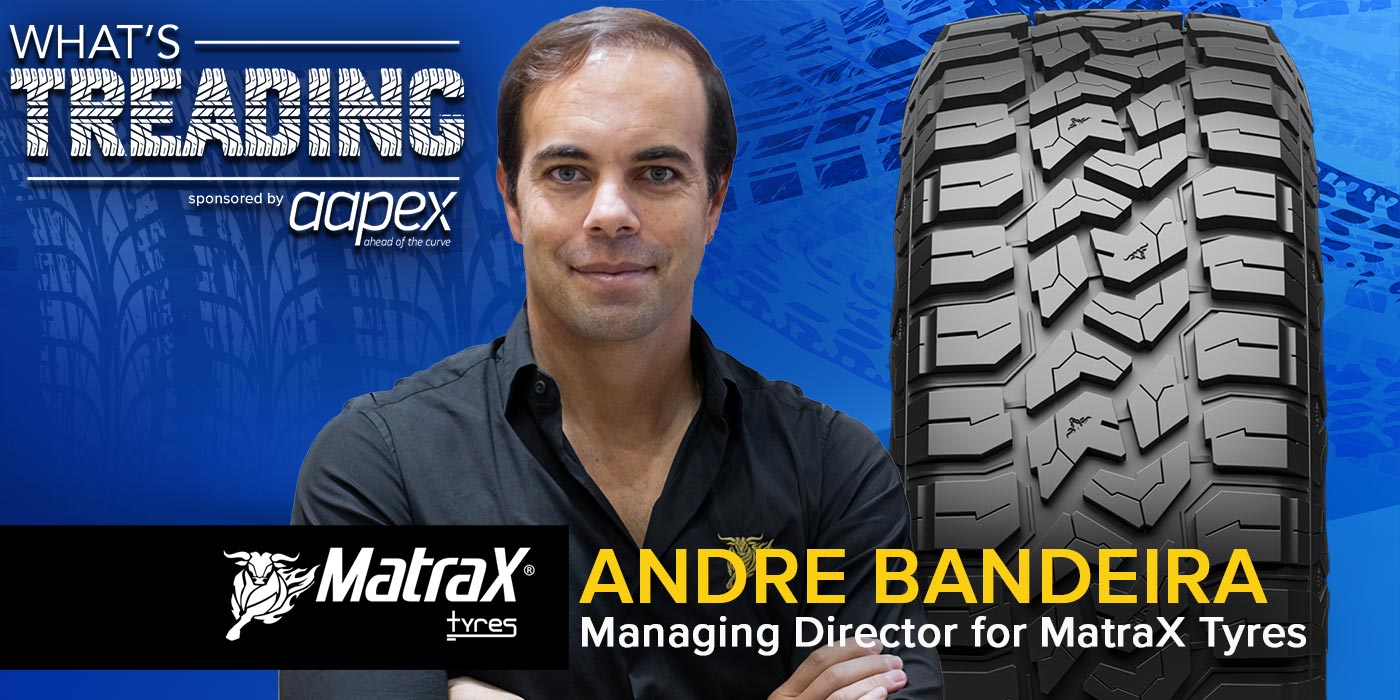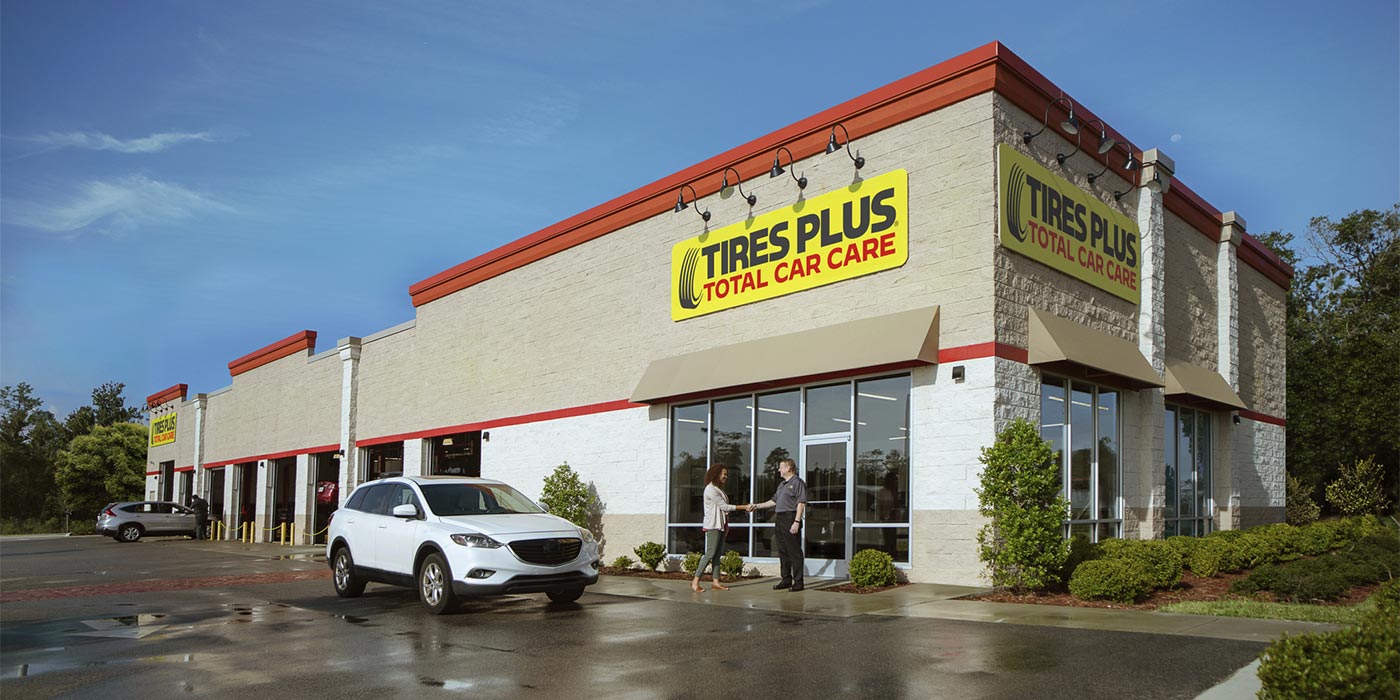Now more than ever, going green is permeating the industry. Automakers are required to meet certain sustainability requirements, which means everything that goes into creating a vehicle–ahem, the tires–are held to higher sustainability targets, too. Just ask Bridgestone, whose goal is to have 100% carbon neutrality and 100% renewable resources in its tires by 2050. So, how are they going to achieve that?
Slowly but surely, the foundation for a more sustainable future is being laid out as you read this. Here’s just one example: For more than a decade, Bridgestone has been researching the guayule plant to use as a domestic source of natural rubber, and now the first Firestone Firehawk race tire made with guayule natural rubber (grown and extracted at the company’s guayule R&D facilities in Arizona) will debut at this year’s Indy 500 on May 29.
Just last month, the company partnered with LanzaTech, a carbon capture and transformation company, to co-develop the first dedicated end-of-life tire recycling process. To learn more about Bridgestone’s guayule research and end-of-life tire recycling initiatives, we spoke with Bill Niaura, director of sustainable materials and circular economy for Bridgestone Americas Technology Center. In this episode of What’s Treading with Tire Review, presented by AAPEX, Bill dives into why Bridgestone is investing in these various sustainability initiatives and how creating a circular economy is in the tiremaker’s future.
Watch this episode here or subscribe to What’s Treading with Tire Review on Apple Podcasts, Spotify and Google Podcasts. You can also watch the video version of this podcast on YouTube.
EPISODE OVERVIEW
- An update on Bridgestone’s research into guayule natural rubber (1:00)
- Why tiremakers are investing in alternate sources of natural rubber (2:11)
- How Bridgestone and LanzaTech will work together on end-of-life tire recycling and how the carbon transformation process starts from the guy of a rabbit (8:33)
- How Bridgestone’s relationship with its dealers will help its sustainability goals trickle down the tire industry (14:15)
EPISODE TRANSCRIPT
Maddie Winer: Bridgestone has huge sustainability goals. So tell us about its research organization that’s investigating an alternative, renewable domestic source of natural rubber.
Bill Niaura: It’s a mouthful, isn’t it? It’s a crop called guayule. This is work that we started in the R&D domain almost 10 years ago. We built two greenfield facilities in Arizona–one focused on agriculture and one focused on the industrial processing of the biomass that results from that agricultural work. What is new is that third quarter of last year, we announced that we’re accelerating that work. We’ve reached the point where the R&D has been confident and inspiring to the point that we’ve announced this as an exploratory business, which means that we are really building out the team and the business models about how we commercialize this and go to market.
MW: So from your perspective, why is it important for tire manufacturers like Bridgestone to invest in these technologies and find alternative domestic sources of natural rubber?
BN: I think that this is certainly sustainability. It’s not sustainability in the sense that we often think of sustainable materials in the tire sector, you know, replacing petrochemicals with other sources of carbon. But natural rubber is a natural product. It’s renewable, it’s sustainable, it’s bio-based, and it’s also the most important material for tire manufacturing. It’s critical to the performance of especially highly-loaded tires. But if you look at the way that that natural rubber is, is sourced today, especially from a North American viewpoint, there’s a lot of non-ideality in that supply chain. I often say that we’re single-sourced. We’re single-sourced from a single plant species that’s grown as a clonal monoculture (farmers raising a single species each year) and susceptible to disease. And we’re single-sourced from a single region of the globe. So the biological concentration is a challenge because of disease. That’s why a species of plant called Hevea brasiliensis (the Pará rubber tree) doesn’t really grow in Latin America in commercial production because essentially the parasites for the crop exist there as well. So, natural rubber exists in Southeast Asia, just simply because of physical separation because of disease. And as we have increased in international air travel parasites move much more easily. It takes nothing more than a Google search to see that this is a topical concern right now in Southeast Asia.
So, this crop is susceptible to disease from the geography concentration standpoint that it is in a single part of the world. As you think about climate change and the impacts on crops and crop productivity from a business lens, if you think about a crop in which the cost of production is very highly dependent on labor costs, and you look at a region that’s developing, it brings challenges. And if you look at the supply chain, this is really an issue that that faces basically everybody
Sustainability means more than just replacing materials. It means being able to do that without causing additional grief. So, although [natural rubber] is a bio-based product, we see the opportunity to really diversify. From a North American perspective, shortening that supply chain certainly helps in things like CO2 emissions and life cycle analysis of the product. And then if you think about it from the domestic aspect of it, maybe from a national security perspective, rubber is sourced from one region of the world that is not entirely the most stable place in the world. So, diversification makes a whole lot of sense.
MW: So, just to backtrack a bit, can you describe what the guayule plant is for those that may not know.
BN: So it’s a, it’s a perennial shrub that, grows in arid climates. It’s native to West Texas and the Chihuahuan Desert in Mexico. If you think sort of stereotypical tumbleweed. you’re pretty close. It’s not essentially a pretty crop, but it’s grown as a row crop. It’s a low water user. It metabolizes rubber in a layer of cells in the bark layer as a stress response to cold. Unlike hevea where rubber gets produced inside the cells of the bark layer, you can’t tap a shrub. That means we have to harvest the biomass and process it through an industrial process to extract that rubber and co-product. We called it a biorefinery. So, we take in guayule biomass, we extract rubber, we extract a terpene-based resin. These are produced as distinct product streams. We’re left with the woody part of the plant. Really, the business case is built on developing markets and revenue streams from all of those products. So just like a petrochemical refinery, a biorefinery needs to really develop that whole ecosystem.
MW: As a related part I wanted to talk to you about today: Bridgestone has a strategy to create a circular economy, and the company has also partnered with a company called LanzaTech, a carbon capture and transformation company. And this partnership is to pursue end-of-life tire recycling technologies. So, can you describe how this partnership and how the two companies you know will be working together on end-of-life tire recycling?
BN: This is a coupling of two nontraditional players in a space that’s nontraditional. There’s a lot of effort that’s been put forth to put really good carbon in one place in a very dense way [im tires], so let’s look at it as an opportunity to do something with it. Let’s look to our industry and take that carbon and bring it back into new tires and bring it back in a way that doesn’t compromise tire performance. So, there are a lot of recycling technologies that do something to the tire, whether it’s recovered carbon black or various flavors of devulcanization or micronization of tires. These are all good and all have a home in tire products. But the fact of the matter is in all of those cases, they’re not producing materials that look like virgin materials that we use today. Even if these things performed at an absolutely technically perfect level, the output product would be the average of the tires that you put in, in terms of that material, not, any of the specific grades that we use. For example, even if you recovered all the carbon black, you’d have a mixture of carbon blacks that would very accurately represent the tire or a population of tires as a whole, but wouldn’t represent any individual component of a tire. With that, it brings some use limitations.
To maintain and continue to advance higher performance, we need technically specified virgin raw materials, and hopefully, get our carbon from a different source. So really it’s addressing that virgin material that is pure, defined and advanceable. That’s what we’re targeting with work like this and all to enable the circular economy. So to do this, you need to take tires and deconstruct them through gasification to those fundamental building block molecules: carbon monoxide, carbon dioxide, and hydrogen. That allows us the ability then to build the molecule that we want.
In this case, we’re using LanzaTech’s technology, which is unique. It’s a gas fermentation technology where we take gas and feed it to micro bacteria that actually originated from the gut of a rabbit that LanzaTech’s been working with for a number of years. That organism consumes carbon in the form of CO and CO2. It consumes hydrogen as well. Through its metabolism, it produces ethanol. It can be tailored to produce other chemicals within practical limitations and many of these we see as ideal intermediate molecules for making things like butadiene, which is a building block for synthetic rubber.
So really that is the goal: we’re making a butadiene molecule, which is pure. It could be fed to existing infrastructure, and we can make the exact same technically specified synthetic rubbers that we do today. Only we’re doing it from carbon that was recycled from tires rather than pumping more oil out of the ground.
MW: So truly making it a circular economy?
BN: Right, LanzaTech brings this unique technology. Bridgestone has a very unique place in the market as one of the largest players in the Americas with a retail arm that is fully Bridgestone-owned with over 2,200 points of sale that can provide at least the start of a feeder system for tires. Realistically, this is going to happen more in a more localized manner. I think through our retail presence, through our relationships with customers, we have a good way really achieving this at an industrial scale.

